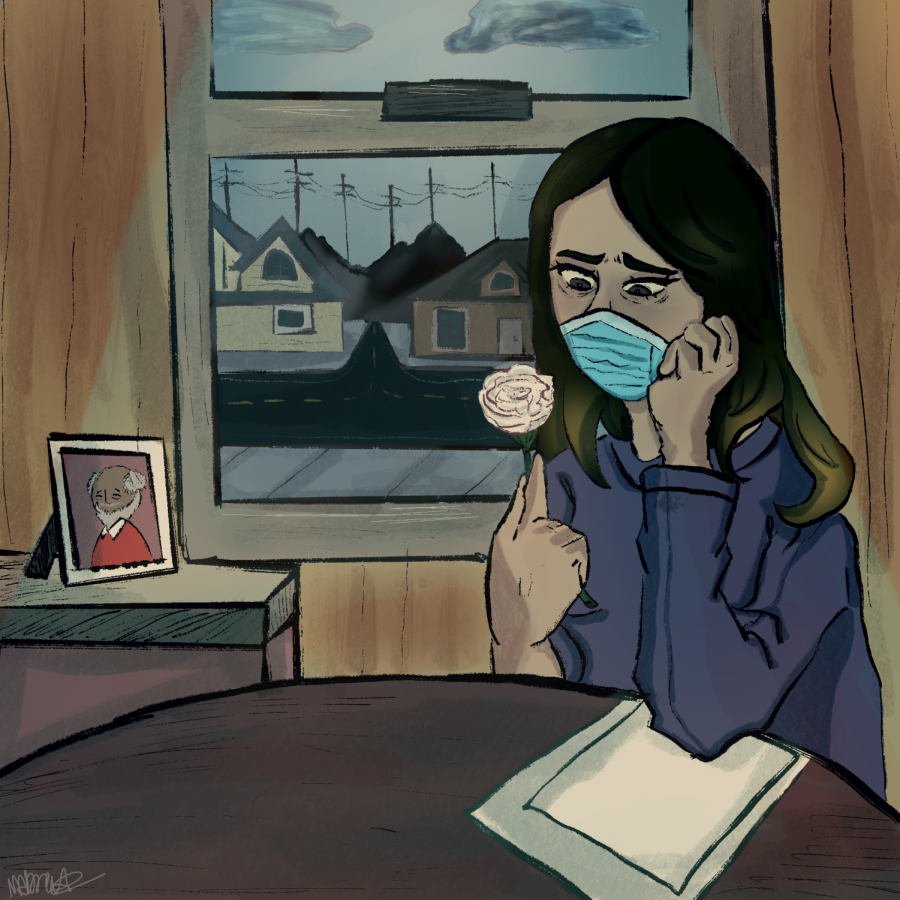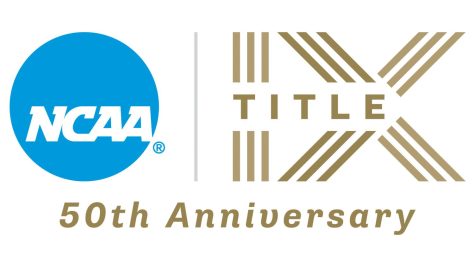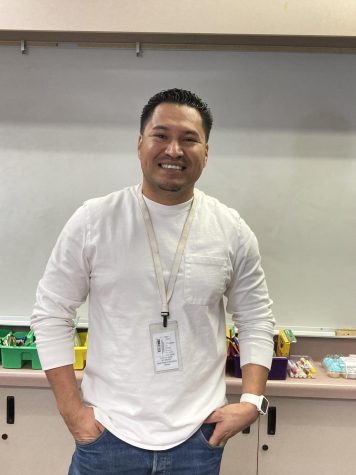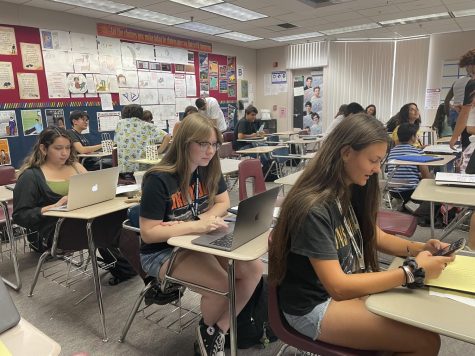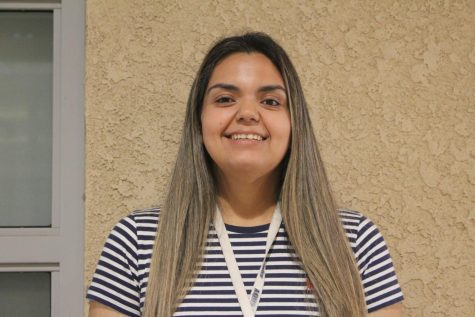Students returning to campus face mental health struggles
Now that students are no longer at home and have transitioned back to campus, students are critiquing the strengths and weaknesses of the school’s mental health supports.
Choruses of bargaining with teachers for less homework, more local crisis and domestic violence hotlines added to the back of student IDs, students noticing the phrase “mental health” being heard in conversation more often than before.
After a year of distance learning, La Quinta High students have returned to full-time in-person instruction, and are facing another major test of their mental health. Now that they are no longer at home and have transitioned back to campus, students are critiquing the strengths and weaknesses of the school’s mental health supports.
“Since it has been [established] a lot to reach out to people, it should be established that these people are here [if] you need them,” Alyssa Lara ‘22 said, adding that the school’s increased awareness of mental health issues should be met with increased accessibility for support resources.
“I don’t really know anything that the school offers, but I know they have [resources],” she said.
She believes that student mental health on campus would be more beneficial if more students had the opportunity to talk to someone and learn what help is available to them.
“I think [counselors] should honestly talk to children. A one-on-one, five to 10-minute talk with students really gives more inference to how they are doing,” Lara said.
She also recommends daily reminders during the school’s daily morning announcements and that more in-depth information should be provided to students throughout the school year, even if solo check-ins are not possible due to time restraints.
Anyone with a social-emotional concern for a student can fill out a referral that will be routed to the student’s counselor. The student will then be able to meet with their counselor and fill out the Beck Depression Inventory, a 21-question diagnostic test that measures the severity of depression and mental health issues, to pinpoint any concerns.
Following a three-tier system, students are placed on the path best suited to their specific needs, ranging from anxiety support groups, in-house substance abuse 12-step programs and referrals to off-campus mental health support.
“Once we know what’s going on, we meet for tier two meetings every Wednesday at 9 a.m.,” Elena Labastida said, who is La Quinta High’s mental health therapist. “That team is comprised of an administrator, sometimes two administrators, the lead counselor, another school counselor, myself, a special education teacher, and a general teacher or school psychologist.”
Issues that counselors deem urgent, such as moderate to severe self-harm or harm to others, will allow the student to skip initial group intervention and move to immediate tier-three counseling.
For students looking for mental health support, Labastida said, La Quinta High’s own virtual Blackhawk Calming Center and the Desert Sands social emotional website offer resources on mindfulness, visual relaxation, behavior support and additional community, parent and staff resources available in English and Spanish.
Vy Ninh ‘22 is one of the many students at La Quinta High who has worked with the school’s mental health therapist, as she dealt primarily with the grief of losing her great-grandfather.
“When I talked to her, all of my worries just went away. Being around her makes me feel at home and at ease, and ever since then I’ve been doing so much better,” Ninh said.
After being referred to Labastida in her junior year by her IB English teacher Jennifer Cortez, Ninh said she improved quickly and was asked to take part in the school’s Peer Helping Program, a behavioral health class taught by Stacy Bolanos, one of the Medical Health Academy teachers.
The 12-week course is considered an MHA internship that trains students in a variety of “teen issues” like stress management, childhood trauma, teen dating, LGBTQ+ issues and more.
“Through this program, our hope is to promote the importance of behavioral health and emotional well-being of our students along with providing support with new student orientation, conflict mediation, peer counseling and academic support,” Bolanos said.
After the first semester, students in the program are expected to use the skills taught to refer students to appropriate resources, take part in student support groups and overall mental health awareness on campus.
As Ninh has transitioned back to in-person instruction, she has noticed that her energy is drained easily now that she is seeing all of her peers and teachers every day.
However, she says she has gotten better at adjusting to change with her therapy sessions and recommends that students who want help reach out to Labastida because “her classroom is always open, just knock and she’ll let you in.”
In regards to accessibility, Ninh feels that the resources on campus are easy for students to find, but believes that it is a common misconception that they are hard to get access to.
She admits that she did not believe the school helped when it came to mental health until she realized she had not put in the effort to get help.
“If you really want help you have to put effort into it. You have to work for it,” Ninh said.
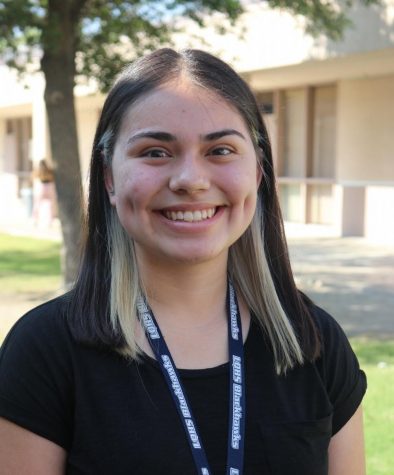
Miranda Muir was editor-in-chief for the 2021-2022 school year. She was a fourth-year Hawkview journalist, an avid dreamer, aspiring world-traveler, and lover of all things creative.

